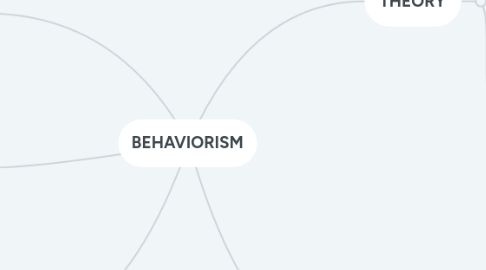BEHAVIORISM
par Minie Gene


1. PRINCIPLES
1.1. The learner is a block box and nothing is known about what goes on inside.
1.2. the learner is reactive to environmental conditions
2. ADVANTAGES
2.1. shapes behavior quickly
2.2. the learner adapts to the enviroment
2.3. behavior can be measured
3. DISADVANTAGES
3.1. internalized reasoning may not be an outcome
3.2. the learner adapts to a poor enviroment
3.3. behavior measured may not be a true picture of understanding
4. THEORY
4.1. It implies that the learner reponds to enviromental simulti without their mental state being a factor in te learner´s behavior
4.2. individuals learn to behave through conditioning
4.3. two types of conditioning
4.3.1. operant
4.3.1.1. Pavlov
4.3.1.1.1. involuntary reponse to a stimuli
4.3.1.1.2. involves no such tempt
4.3.1.1.3. passive on the part of the learner
4.3.2. classical
4.3.2.1. Skinner
4.3.2.1.1. voluntary behavior with a consequence
4.3.2.1.2. learner is rewarded with incetives
4.3.2.1.3. requires the learner to actively participate in order to be rewarded or punished
5. HISTORY
5.1. developed by B.F. Skinner
5.2. conducted experiments with pigeons
5.2.1. taught them how to dance, bowl
5.2.2. stimulus pattern occurred, then pigeon was rewarded
5.2.3. believed human behavior could work the same way

